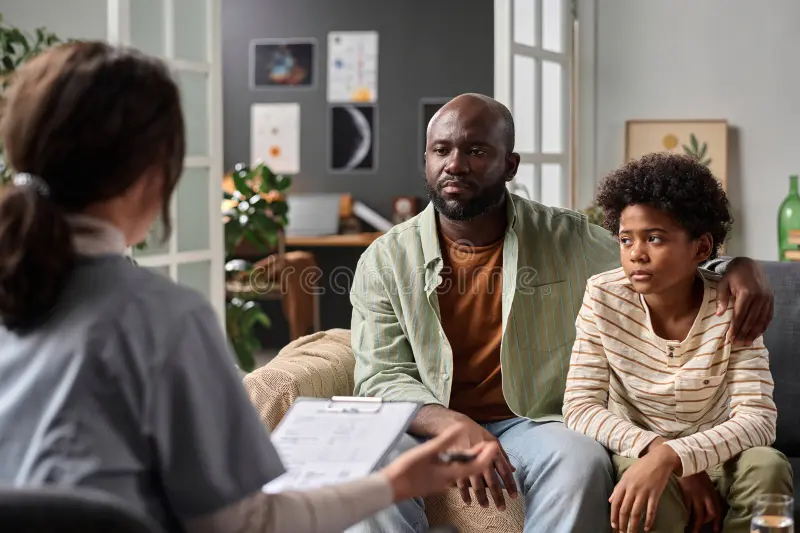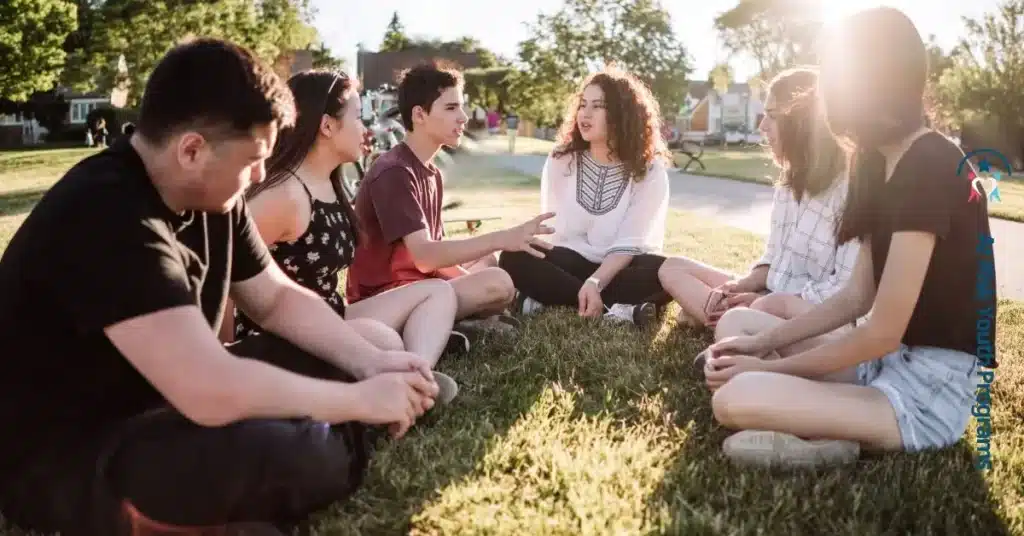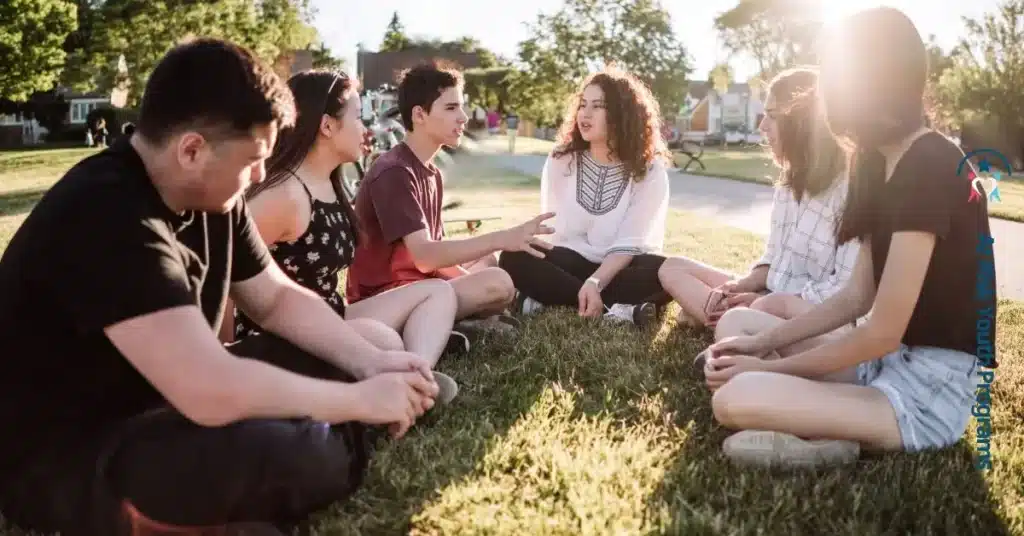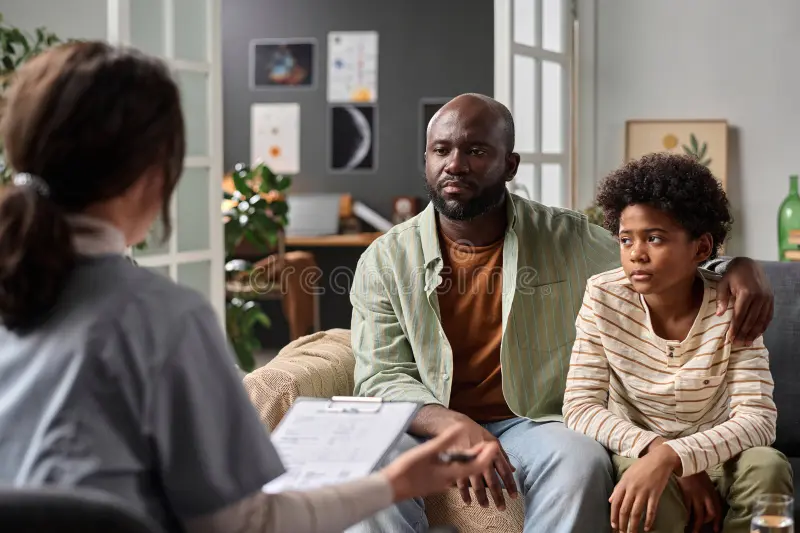24/7 Helpline:
(866) 899-221924/7 Helpline:
(866) 899-2219
Learn more about Bipolar Disorder Treatment centers in Left Hand
Bipolar Disorder Treatment in Other Cities

Other Insurance Options

BlueCross

Oxford

Carleon

Choice Care Network

Horizon Healthcare Service

BlueShield

Excellus

UMR

Medical Mutual of Ohio

Lucent

Kaiser Permanente

UnitedHealth Group

Highmark

BHS | Behavioral Health Systems

Health Choice

Anthem

Self-pay options

Absolute Total Care
Beacon

Amerigroup












